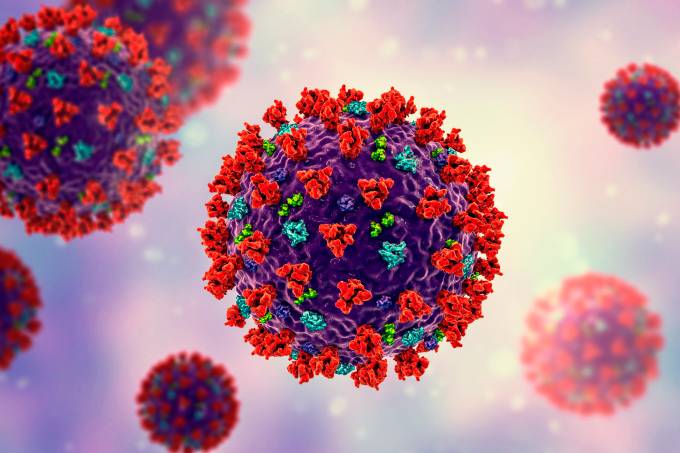Protocol Detail


WARFARIN OVERDOSE/ TOXICITY
Overdose of the oral anticoagulant warfarin (Coumadin), or drug interactions with warfarin, can lead to toxicity. Similarly, toxicity can result from exposure to superwarfarins, which are long-acting anticoagulants used in rodenticides. ... Warfarin is the most common oral anticoagulant in current use
Diagnosis
Target INR is usually 2-4.
Mean effective half-life is 40 hours.
Need to establish:
· Patients need for Warfarin (e.g inadvertent toxicity vs. intentional overdose),
· Actual INR &
· Establsih presence of active significant bleeding (significant volume, clinical compromise, haematemasis, intracranial bleed, ruptured Abdominal Aortic Aneurysm or dissection).
Management
1. ABC’s, Resuscitation as indicated,
2. IV access,
3. FBC, U&E’s, INR, Group & hold/ cross match as indicated,
4. Warfarin NOT NEEDED:
· Normal INR:
a. Give charcoal if ingested in previous 1 hour,
b. Check INR 24-48 hours.
· Increased INR no bleeding:
a. Vitamin K 5-10 mg IV,
b. Monitor,
c. Review & check INR in 24-48 hours & give further Vitamin K as indicated.
· Increased INR & significant bleeding:
a. Vitamin K 5-10 mg IV,
b. Prothrombinex – HT 20-50 Units IV &
c. FFP 10-15 mls/kg.
5. Warfarin NEEDED & INR INCREASED:
· Life threatening bleeding
a. Prothrombinex- HT 20-50 Units vials IV initially,
b. Vitamin K 5-10 mg IV,
c. FFP 10-15 mls/kg
· No life threatening bleeding (Consider risk of bleeding above) & INR:
a. INR <5.0: Lower or ,omit next dose, resume at lower dose when therapeutic,
b. INR 5.0-9.0: Stop Warfarin, Vitamin K 0.5 mg IV or 1.0 mg if high risk (see below), check INR within 24 hours, resume Warfarin at reduced dose when INR <5.
c. INR >9.0: Stop Warfarin, Vitamin K 1.0 mg IV, consider FFP & Prothrombinex- HC if high risk (see below), check INR after 6-12 hours, resume Warfarin when INR < 5.0.
High clinical risk factors for bleeding:
· Age >65,
· Uncontrolled HTN,
· History of GI bleed, active peptic ulcer, hepatic insufficiency,
· Thrombocytopaenia (<50x/L),
· Underlysing malignancy,
· Stroke,
· Renal insufficiency,
· Renal insufficiency,
· Recent trauma,
· Excessive alcoholic intake,
· NSAID’S, COX-I use.









